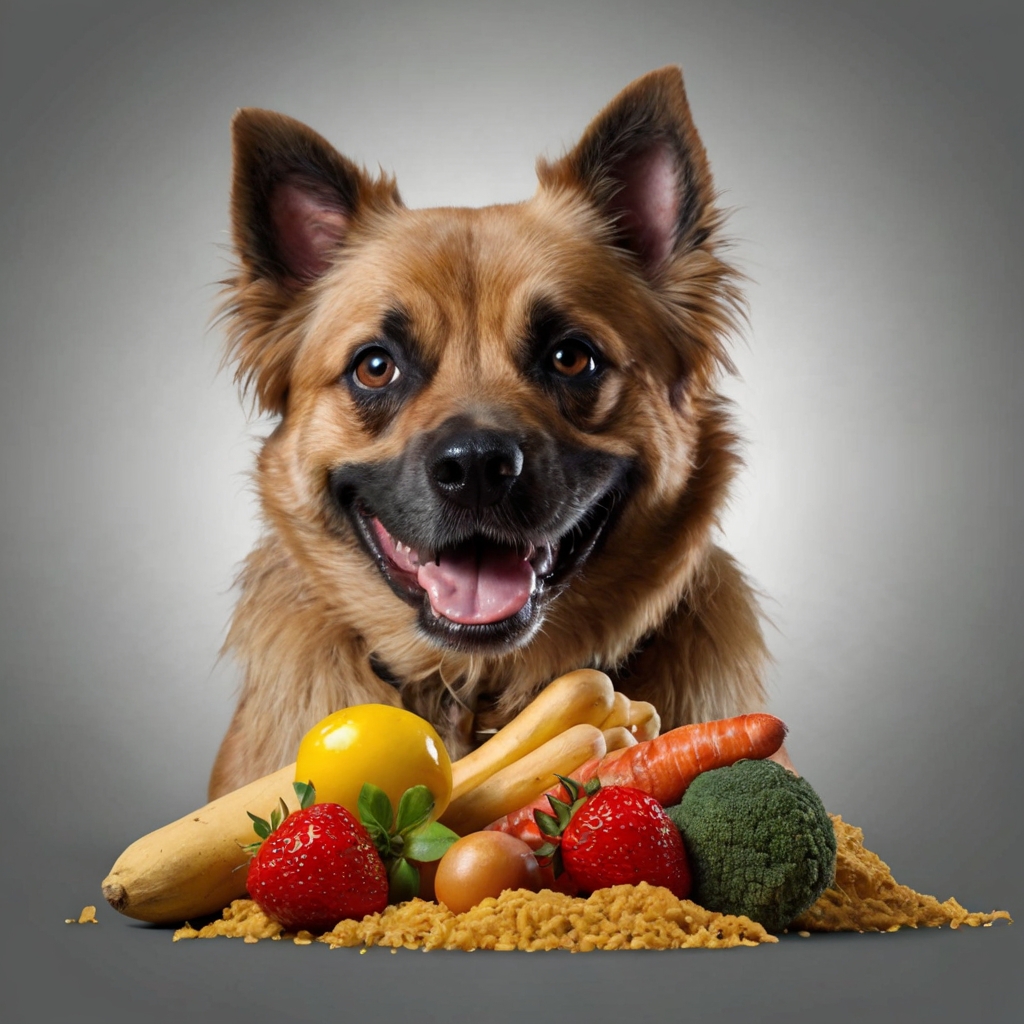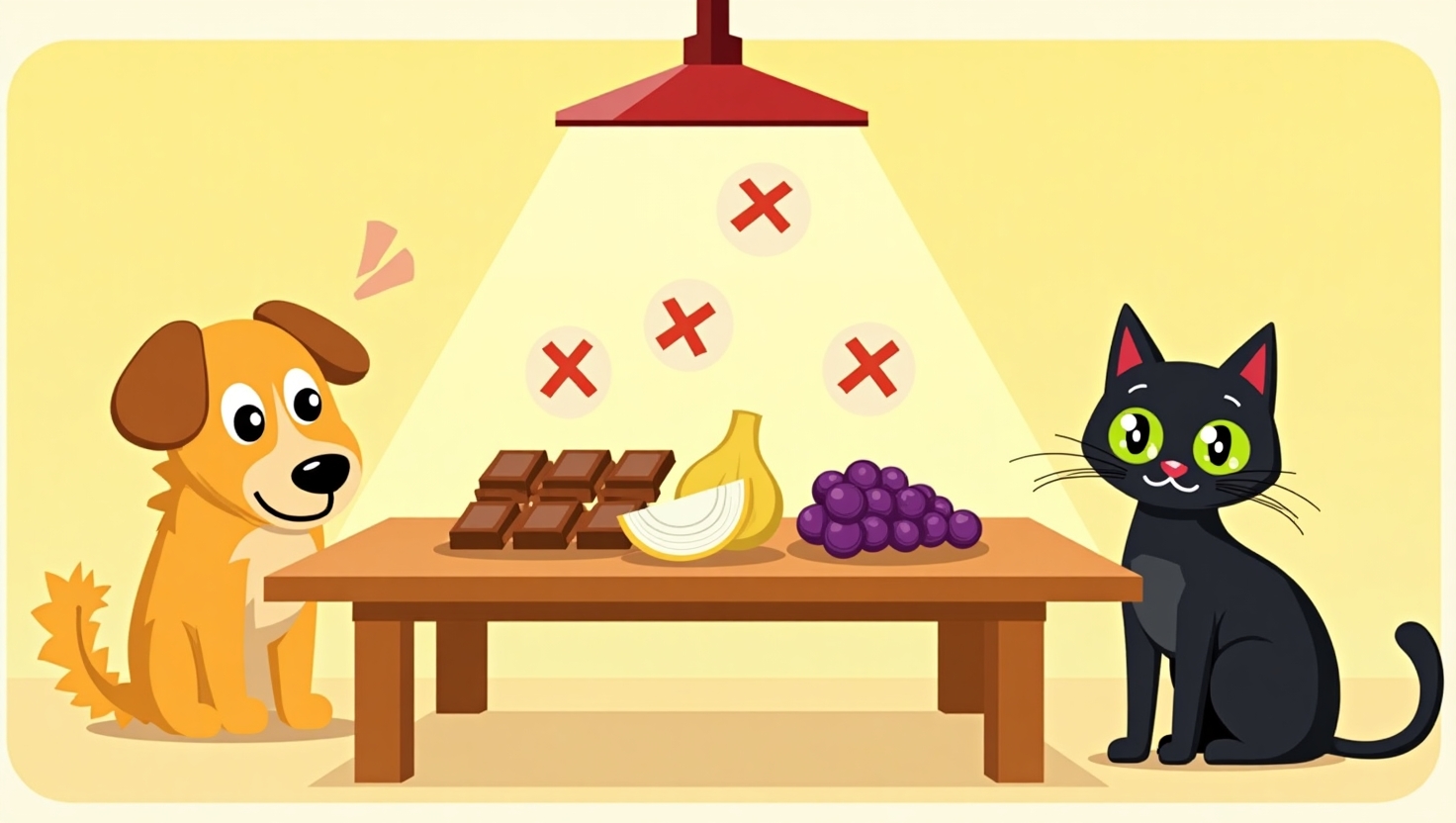Toxic foods for dogs and cats – When it comes to our pets, providing love, comfort, and safety is a top priority. But did you know that some everyday human foods can be incredibly harmful—even fatal—to dogs and cats? Whether you’re a new pet owner or a seasoned animal lover, understanding which foods are toxic to pets is essential to keeping them healthy and safe.
In this comprehensive guide, we’ll highlight the most dangerous foods for dogs and cats, explain why they’re harmful, and offer safer alternatives. Let’s protect our furry companions with the knowledge they need to thrive.
Why Certain Human Foods Are Toxic for Pets
Pets metabolize foods differently than humans. Their digestive systems lack certain enzymes or process compounds in ways that can lead to poisoning, organ damage, or death—even in small amounts.
Some of the most dangerous foods may surprise you because they’re so common in households. Understanding the risks can help you prevent accidents and respond quickly if one occurs.
Foods That Are Toxic to Dogs and Cats
1. Chocolate
Toxic Component: Theobromine and caffeine
Danger Level: High (especially dark chocolate)
Chocolate is one of the most well-known toxic foods for pets. Dogs and cats can’t metabolize theobromine like humans, which affects their nervous and cardiovascular systems. Even a small amount of dark or baking chocolate can cause vomiting, diarrhea, tremors, seizures, or death.
Safe Alternative: Carob-based treats made specifically for pets.
2. Grapes and Raisins
Toxic Component: Unknown toxin
Danger Level: High for dogs (potentially fatal)
Grapes and raisins can lead to sudden kidney failure in dogs. While the exact cause of toxicity is still unknown, even one grape can be dangerous for some dogs. Cats are less frequently affected, but it’s best to avoid them entirely.
Symptoms: Vomiting, lethargy, decreased appetite, abdominal pain.
3. Onions and Garlic
Toxic Component: Thiosulfate
Danger Level: High (especially for cats)
These foods can destroy red blood cells, leading to anemia. Whether raw, cooked, or powdered, onions and garlic are toxic to both dogs and cats, with cats being especially sensitive.
Symptoms: Weakness, pale gums, rapid breathing, collapse.
4. Alcohol
Toxic Component: Ethanol
Danger Level: Severe
Even a small amount of alcohol can cause intoxication, respiratory failure, and death in pets. Pets can accidentally ingest alcohol from drinks, raw dough (which ferments), or certain mouthwashes and syrups.
Never give your pet alcohol under any circumstance.
5. Xylitol (Artificial Sweetener)
Found In: Sugar-free gum, peanut butter, toothpaste, baked goods
Danger Level: Extremely High for Dogs
Xylitol can cause a dangerous drop in blood sugar levels and lead to liver failure in dogs. It’s not proven toxic to cats but should be avoided regardless.
Symptoms in Dogs: Vomiting, loss of coordination, seizures, liver damage.
6. Avocado
Toxic Component: Persin
Danger Level: Moderate to High
While dogs are more resistant, large amounts of avocado can cause vomiting and diarrhea. For cats, persin may pose more risk, especially when large amounts are consumed.
Avoid feeding the pit or skin, as these parts are the most dangerous.
7. Macadamia Nuts
Danger Level: Severe for Dogs
Even a few macadamia nuts can lead to muscle tremors, weakness, and vomiting in dogs. Cats are less commonly affected but should still avoid them.
8. Raw Meat, Fish, and Eggs
These can contain bacteria like Salmonella or E. coli, and raw fish may contain thiaminase, which destroys thiamine (a vital B vitamin) in cats. Lack of thiamine can lead to neurological problems.
Safe Alternative: Cooked, plain meats without seasoning, bones, or sauces.
9. Caffeine
Found in coffee, tea, energy drinks, and some medications, caffeine stimulates the heart and nervous system dangerously in pets. It’s highly toxic and should always be kept out of reach.
10. Dairy Products
Surprisingly, many dogs and cats are lactose intolerant. Dairy can lead to digestive issues like diarrhea and gas. Small amounts may be tolerated by some pets, but it’s best to avoid it.
Better Option: Lactose-free pet-formulated dairy treats.
What to Do If Your Pet Eats a Toxic Food
- Don’t panic, but act quickly.
- Call your veterinarian immediately.
- Contact an emergency animal poison control hotline, such as:
- ASPCA Animal Poison Control Center: 1-888-426-4435
- Pet Poison Helpline: 1-855-764-7661
Time is crucial. Don’t wait for symptoms to appear.
How to Prevent Accidental Poisoning
- Store food out of reach, including countertops, trash cans, and bags.
- Educate all household members and guests not to feed pets table scraps.
- Check food labels for hidden ingredients like xylitol.
- Create a “no-human-food” policy unless approved by your vet.
Safe Treat Options for Dogs and Cats
Instead of offering scraps, try these safer alternatives:
- Dogs: Sliced carrots, blueberries, plain cooked chicken, dog-safe peanut butter (no xylitol)
- Cats: Cooked salmon, freeze-dried liver treats, small amounts of plain pumpkin
Always introduce new treats in moderation.
Final Thoughts
Understanding which foods are toxic to dogs and cats is a critical step in being a responsible pet owner. With so many common foods posing serious risks, it’s essential to remain informed and vigilant.
By avoiding these dangers and choosing healthy alternatives, you’re ensuring a long, happy, and safe life for your beloved companions.
Stay educated, stay alert—and always choose your pet’s health first.
Read More:
How to Choose the Right Dog Treat



1 comentário em “Toxic Foods for Dogs and Cats: What to Avoid”